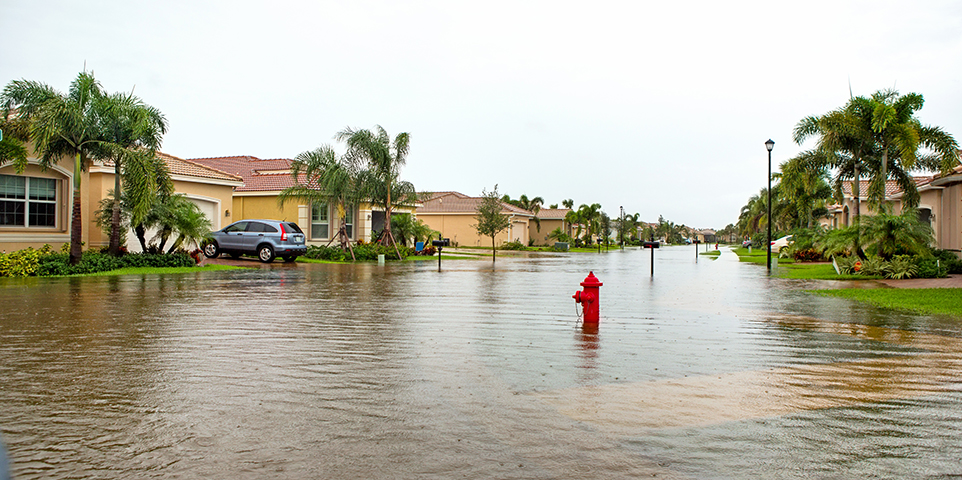Don’t risk being underwater—understand how flood insurance works!
Your standard homeowners policy doesn’t provide flood coverage
Standard homeowners and renters insurance does not cover flood damage. Find out if you need flood insurance and learn where to get it. It’s important to note that, as a rule, homeowners, condo owners, and renters insurance does not cover damage from flooding. To protect your home, be sure to understand the risk of flooding and your insurance options.
Do you need flood insurance?
You will need flood insurance if you live in a designated flood zone. But flooding can also occur in inland areas and away from major rivers. Consider buying a flood insurance policy if your house could be flooded by melting snow, an overflowing creek or pond, or water running down a steep hill.
Flood insurance is available for renters and homeowners, but, like earthquake insurance, it is not part of standard homeowners coverage. Flood policies are provided separately by the federal government and dozens of private insurers.
If you think you need flood insurance, don’t wait for a flood season warning on the evening news to buy a policy. There is a 30-day waiting period before the coverage takes effect for National Flood Insurance Program policies.
Where do I get flood insurance?
The federal government provides flood insurance through the National Flood Insurance Program (NFIP), run by the Federal Emergency Management Agency (FEMA). While the government underwrites NFIP policies, this coverage is generally sold through private insurance agents. In some areas, primary flood insurance may be available through private insurers.
About the National Flood Insurance Program (NFIP)
The National Flood Insurance Program provides coverage for up to $250,000 for the home structure and $100,000 for personal possessions.
NFIP provides replacement cost coverage for the structure of your home. This means the policy will cover the amount necessary to rebuild your home as it was before the damage. However, NFIP provides only actual cash value coverage for your possessions, meaning you will get the current value of your possessions. This amount may be considerably less than the cost you incur to replace them, especially if they are older and have depreciated value. There may also be limits on NFIP coverage for furniture and other belongings stored in your basement.
Private market primary flood insurance
There are two types of private market flood insurance:
- Many private insurers are starting to offer “first-dollar” or primary flood insurance. These policies are like an NFIP policy but generally offer higher levels of coverage. Contact your insurance professional to find out whether private primary flood insurance is available in your area.
- Excess flood insurance is available for homeowners who need additional insurance protection over and above the basic NFIP policy or homeowners who live in a community that does not participate in NFIP. You can purchase excess flood insurance regardless of whether the primary policy is from NFIP or the private market.
Excess flood insurance is available in all parts of the country—in high-risk flood zones along the coast and close to major rivers and in areas of lower risk. It can be purchased from specialized companies through independent insurance agents or regular homeowners insurance companies that have arrangements with a specialized insurer to provide coverage to their policyholders.

